Adgully Exclusive | Our stations are urban, contemporary while being local and relevant: Radio Mantra's Rahul Gupta
Adgully caught up with Rahul Gupta, Director, Radio Mantra, to know more about the stations expansion plans and the excitement around Phase III.
Talking about the semi-urban markets that the radio station has made sizable inroads into, Gupta says, "Radio Mantra operates its radio stations in eight non metro urban markets of India. These markets are significantly different than their metro counterparts in terms of the growth rate, lifestyle, development, media penetration but are the same in terms of their aspirations. With the growth rate levels of the metros going down, brands are now targeting the non metro markets for exponential growth."
While Private FM in metros came in with the Phase I auction of radio (launched in 2001), the rest of the country got Private FM with Phase II which was atleast five years later. "Hence, radio in our markets is younger, hipper and cooler. Whilst the growth rate in metros might be stagnating, radio in our markets is growing at an enormous pace both in terms of listenership and revenues," he points out.
Every radio station has two important factors that drive its success and that being the RJs and the music content across the radio station. Elaborating more about it Gupta says, "You cannot look at content and RJ's in isolation. While innovative content is the key to success of a radio station, the RJ controls the way it is delivered. We at Radio Mantra, have worked extremely hard in designing our programs and in finding the right talent to host the right show. It is imperative to ensure that there is a fit between the talent and the brand."
Gupta points out that Radio Mantra's three key strengths have been that it is differentiated, aspirational and local & relevant. "Radio Mantra has tried to differentiate itself right from the very outset. Even our brand "Radio Mantra" is different than the other radio stations. While most in the industry chose a frivolous name (a mere me too approach) for their radio station, we wanted to position ours as something much more meaningful and provoking. We have successfully positioned our channel as an aspirational one, we are urban and contemporary while being local and relevant. This is not just reflected in our brand communication but also embedded in our programming. The differentiation which we have vis-Ã -vis our competition is stark, aggressive and compelling," he says.
Recognizing the changing dynamics of the society and the way today's generation communicates, along with the growing importance of social networking websites triggered the radio station to develop its presence on Facebook. "Our objectives for this presence are to connect with the upwardly mobile audiences, solicit feedback, and to provide "offline" & "on-demand" access to our content. Rather than going with the usual way of making just a facebook page, we went the whole hog and created a facebook application," Gupta explains.
The application reads the location of the user and provides a customized page depending on the city the user belongs to. The users also have the ability to subscribe/share their favorite audio content, request for songs, check out the charts, get their horoscope and interact with fellow listeners. Gupta adds, "We are the only radio station in India and possibly the world to be using this platform to interact with our audiences in this way. We now have more than 11000 members who are interacting with us everyday and this community is growing at an enormous pace. Considering the areas we operate in (8 stations ' no metros, all B,C,D towns) it's remarkable feat for any brand."
Apart from facebook, the radio station has also established its presence on iTunes. Radio Mantra has a branded page on iTunes and offers its segments to iTunes users around the world. "Our world class content seems to be popular not just in our areas of operations but across Indians around the world. We have listeners from US, UK, Fiji, Germany, Japan, etc tuning in to access the content," he points out. Further, in India, Radio Mantra dominates the iTunes Podcast charts and has been consistently featured on the iTunes store.
Talking about the 'efficiency' with which advertisers are using the medium Gupta says that radio industry's advertising revenues have been projected to grow at a CAGR of 20%. "But I feel, radio has a lot more potential. Radio has just about 4 percent share of the total advertising pie in India, whilst the global average is about 8 percent. Clearly, showing that currently radio in India is far from its potential. The two factors, which I think, would impact significantly in the growth of radio are the addition of more frequencies, and the establishment of a common currency," he adds.
He further adds that the addition of more frequencies and ownership of multiple frequencies in a city would enhance the listenership of radio. With which, more and more niche channels would come into being and non-listeners would be given further reason to tune in. Hence, more frequencies would translate into more listeners, which would further translate into more revenue.
"Moreover, establishment of a common standard currency to buy radio would significantly add to radios ad revenue share. Currently, there is no ONE POWERFUL currency to buy radio, multiple researches exist, none the industry standard, and none which cover all radio markets, makes the process of buying radio difficult and time consuming, hence big advertisers and agencies take the easier route of buying the big networks rather than the most effective ones. A good research currency would bring in more accountability and measurable returns for advertisers moneys," Gupta adds.
So what about the much mentioned Phase III?
Gupta says, "Phase III of FM Privatization would make radio a more potent media vehicle, and would make it even more mainstream. With more towns and frequencies added, radio would be able to complete more effectively with TV and Newspapers for the "share of mind" of both consumers and advertisers. Only the influx of 800 frequencies would not make the radio industry a better place. Policy level changes are required to bring in semblance in the operating environment of radio and other media."
He further mentions some of the key policies that need a re-look and that being-
Radio companies operate with a 20% FDI limit, even though they do not do news or current affairs. Print companies operating in this genre (entertainment) are allowed 100% FDI.
Ownership of multiple frequencies is not allowed in radio while there is no such restriction on the ownership of multiple channels or multiple newspapers in a city. Ownership of multiple frequencies would enable radio operators to explore different formats and would also in reducing the cost of operations.
Allowing radio stations to generate their own news. Radio stations have been denied broadcasting news and current affairs, even though there are 100s of TV channels and 1000s of publications currently doing that.
So as there is much talk about Phase III, is radio's growth only limited to activation until then?
Gupta points out, "Activation has become a key ingredient of the radio industry. It has been estimated that approximately 10-15% of the revenue of the major players comes from events and activations. We are no different and are heavy on providing customized and innovative solutions to clients by including activations. These help us bring non advertisers to the medium or increase the spends of existing advertisers!" | By Prabha Hegde [prabha(at)adgully.com]




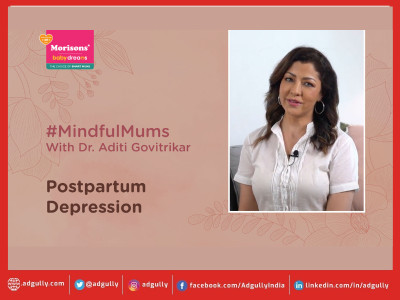


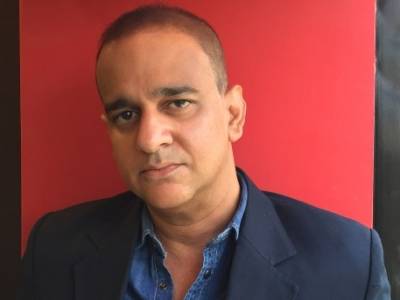
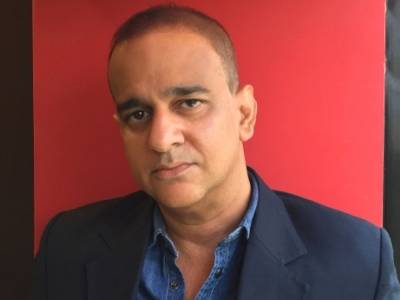
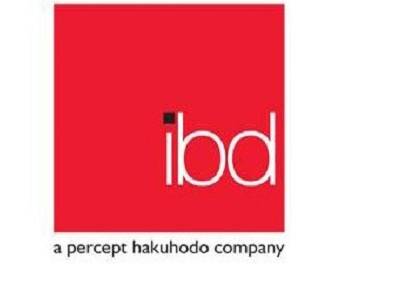

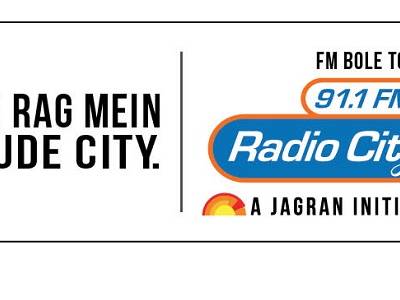
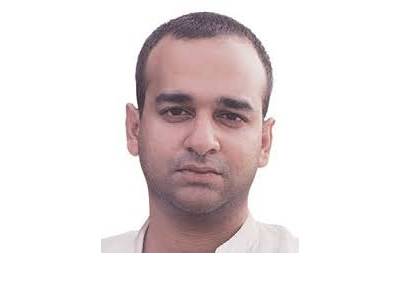



Share
Facebook
YouTube
Tweet
Twitter
LinkedIn